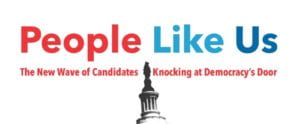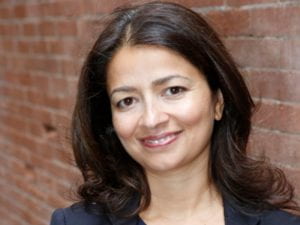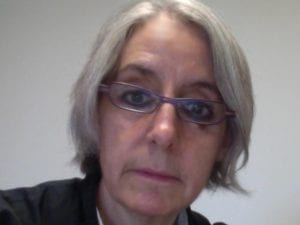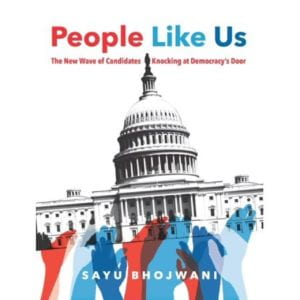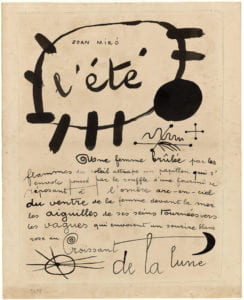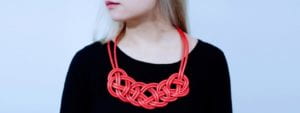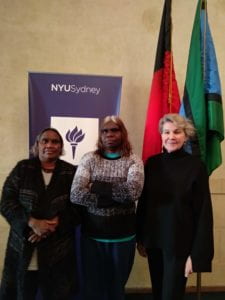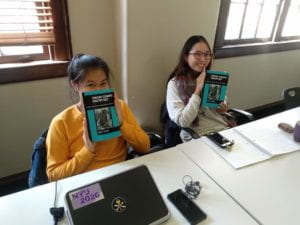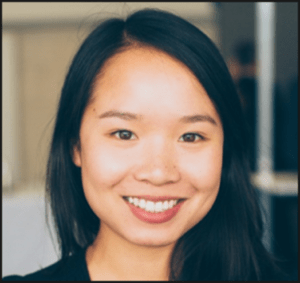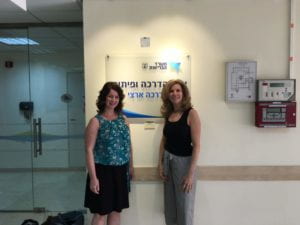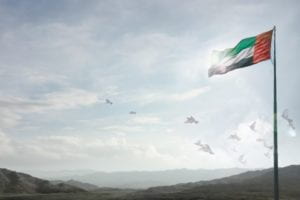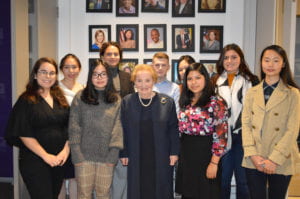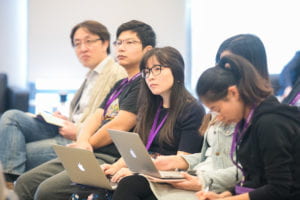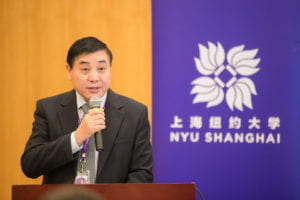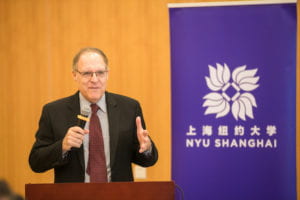 “Being there with the people who will live in the house gave us a sense that our work is really important.”
“Being there with the people who will live in the house gave us a sense that our work is really important.”
NYU Abu Dhabi is preparing students to thrive in our ever-changing world and give back to local communities through Global Education and the Engineers for Social Impact program.
Students travel to countries such as Sri Lanka, Thailand, and India to help design and build infrastructure that improves quality of life for local populations.
In a recent video, students help build a sustainable home for a family in Jordan, in partnership with Habitat for Humanity. You can view the complete video via the NYU Abu Dhabi website here.
Engineers for Social Impact (EfSI) supports and complements the mission of the Engineering Division and the broad goals of NYU Abu Dhabi through courses that emphasize experiential learning and projects that focus on developing globally-relevant, locally-sustainable designs that meet challenges and deliver on opportunities that enable individuals across global communities to more effectively realize their aspirations and ambitions.
By engaging with ethics in the classroom and ethnographic fieldwork off-campus, engineering students expand their comfort zones to work from vantage points of broader mindfulness of social, cultural, and economic aspects that are inextricably connected to technology-driven solutions in today’s hyper-connected world. Students may optionally enroll in a second, project-driven course focusing on the process of co-designing meaningful innovations, projects, and products with members of a selected community. Throughout all fieldwork, the goal is to connect with the processes, people, sights, sounds, experiences, and stories that are only accessible outside the classroom and bring new understanding to bear on the ways to address a wide range of issues and challenges in the courses and beyond.
The EfSI program is a collaboration between the Engineering Division and the Office of Global Education to deliver unparalleled international engagement with communities through partnerships with the Solar Energy Foundation in Ethiopia, URBZ/Urbanology in Dharavi, Mumbai, and Habitat for Humanity in Jordan, India, Sri Lanka, and Thailand.
